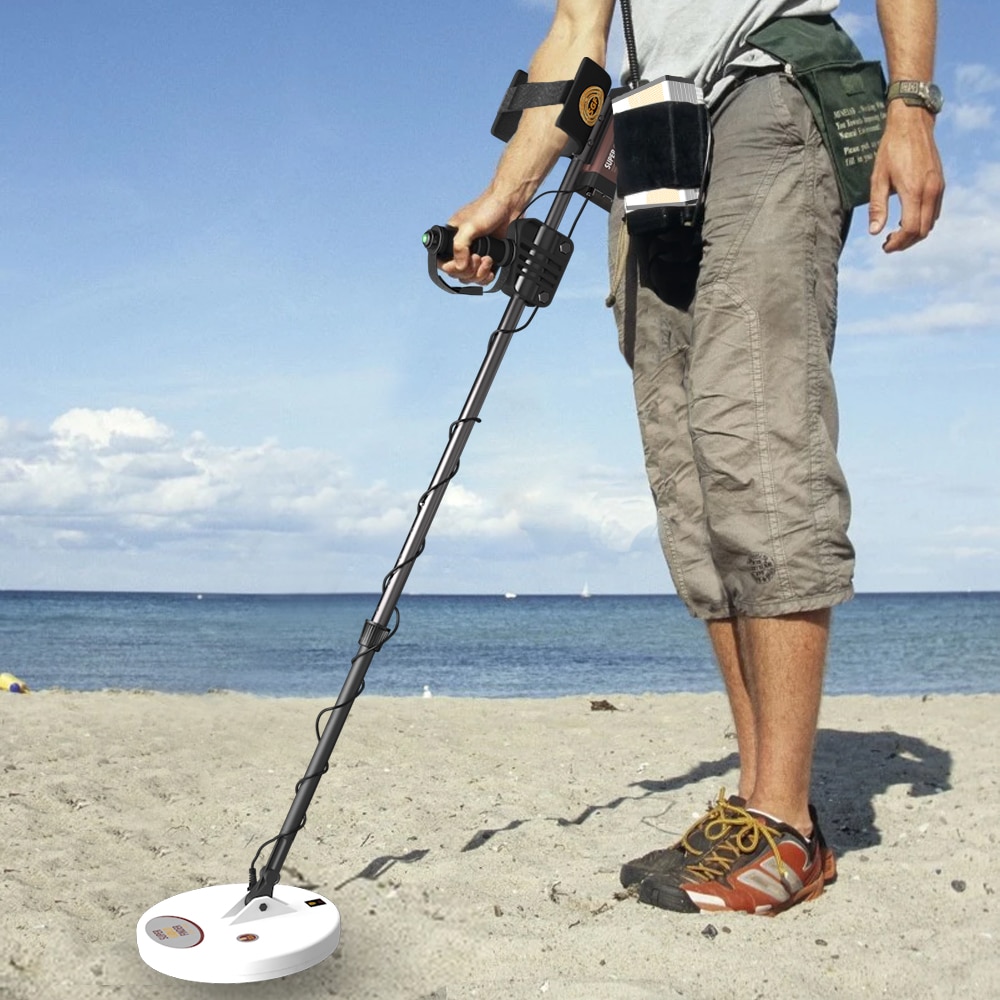Packaging is an essential part of the manufacturing process for various industries. It ensures the safe transportation and storage of products, while also providing important information to consumers. In recent years, there have been significant advancements in packaging automation, making the process more efficient and streamlined. In this article, we will explore the world of board packing line automation and its use in conjunction with vial packaging and cartoning machines.
Board packing line automation has revolutionized the packaging industry by increasing productivity and reducing manual labor. It involves the use of machines to perform tasks such as filling, sealing, labeling, and cartoning. One such machine that has gained popularity is the vial packaging machine. This machine is specifically designed to package vials, which are small bottles commonly used in the pharmaceutical and healthcare industries.
To understand how the vial packaging machine works, let’s take a closer look at its functionality. The machine utilizes precise mechanisms and sensors to ensure accurate and efficient packaging. First, the vials are loaded onto a conveyor belt, which transports them to the filling station. The machine then dispenses the required amount of liquid or solid into each vial, ensuring consistency and precision.
Once filled, the vials move to the capping station, where caps or stoppers are placed on top of them. This process is automated and eliminates the need for manual labor. Next, the vials are transported to the labeling station, where important product information, such as batch numbers and expiration dates, is printed onto the vial or its label.
After labeling, the vials are ready for cartoning. This is where the vial cartoning machine comes into play. Similar to the vial packaging machine, the cartoning machine is responsible for automated carton forming, filling, and sealing. It takes the filled vials and places them into pre-formed cartons, ensuring proper alignment and secure packaging.
Now, you may be wondering how these machines are coordinated and controlled. This is where board packing line automation plays a crucial role. The entire packaging process, from the vial packaging machine to the vial cartoning machine, is synchronized and controlled by a central control system. This system ensures seamless communication between the machines, allowing for a continuous and efficient packaging process.
One of the notable features of board packing line automation is its adaptability. The control system can be programmed to handle different vial sizes, shapes, and packaging specifications. This versatility makes it suitable for a wide range of products and industries, such as pharmaceuticals, nutraceuticals, cosmetics, and more.
Board packing line automation not only improves efficiency but also enhances product quality and safety. The precise control and monitoring systems in place minimize the risk of errors and contamination. Additionally, the automation of repetitive tasks reduces the chances of human error, ensuring consistent and accurate packaging.
In conclusion, board packing line automation, in conjunction with vial packaging and cartoning machines, has transformed the packaging industry. It has revolutionized the way products are packaged, making the process faster, more efficient, and more reliable. The integration of precise control systems ensures accurate filling, sealing, labeling, and cartoning of vials. This automation not only boosts productivity but also enhances product quality and safety. As industries continue to embrace automation, we can expect further advancements in packaging technology, paving the way for a more efficient and sustainable future.
board packing machine
“Streamlining Vial Packaging: Automating with Precision through 3D Animation and Board Packing Line Technology”

